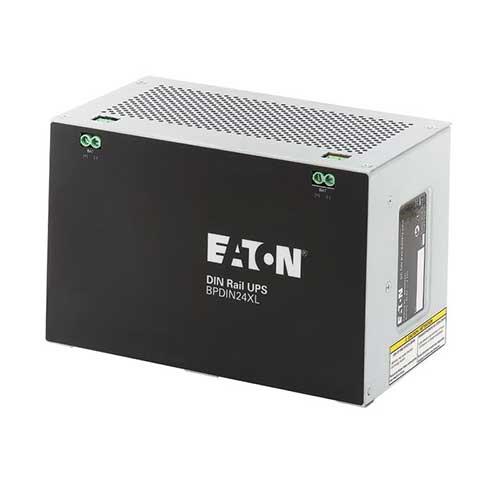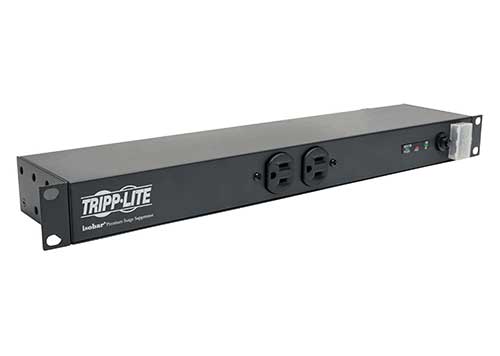How manufacturers can improve disaster avoidance strategies to sidestep issues with downtime in 2023.
By Ed Spears, Technical Marketing Manager, Eaton
It takes a lot of planning for manufacturers to stay on top of production demands, but there are some things that just can’t be scheduled. Major weather disasters can strike at any time and for those caught off guard, these events could cause significant issues with power outages that bring operations cycles to a prolonged halt.
As extreme weather events continue to grow in intensity, it’s important for manufacturers to evaluate their disaster preparedness plans to help protect against potential downtime. Below are just a few examples of major power outage incidents that impacted communities in 2022.

While manufacturers must measure their risk for weather disasters, they should also consider their demanding operational environments. Deploying an uninterruptible power system (UPS) that’s designed to withstand harsh environments can help ensure that IT equipment has critical power during an outage and keep infrastructure operational. Pairing these devices with other industrial-grade components, such as surge protectors and power distribution units, can help create a fully functional power management system for when unplanned events hit.
Changing IT requirements also come into play as manufacturers and their IT teams weigh potential power management upgrades. Digital transformation, for example, continues to advance in manufacturing as companies look to gain an edge over their competition. Amid this transition, disaster avoidance software can be a critical resource for IT staff to use in overseeing their infrastructure – monitoring device activity without needing staff at every plant or IT facility.
Monitoring software can go hand-in-hand with other advancing technology tools, such as predictive analytics. These services give manufacturers the ability to gather information on power trends over time, allowing IT teams to use the data insights to make better decisions and create efficiencies in their operations through proactive maintenance.

Manufacturers may not be able to predict exactly when a major storm will hit, but that doesn’t mean they can’t be prepared. Understanding their proximity to events such as hurricanes or snowstorms, combined with the challenges of their evolving IT infrastructure, can help provide a solid foundation for a comprehensive power protection strategy. Combining intelligent technology with enhanced power management tools will help to ensure manufacturers are best positioned for what Mother Nature may bring in 2023.
Ed Spears is a technical marketing manager in Eaton’s Critical Power & Digital Infrastructure Division in Raleigh, North Carolina. A 40-year veteran of the power-systems industry, Ed has experience in UPS systems testing, sales, applications engineering and training — as well as working in power-quality engineering and marketing for telecommunications, data centers, cable television and broadband public networks. Find more information at Eaton.com.
In this episode, I sat down with Beejan Giga, Director | Partner and Caleb Emerson, Senior Results Manager at Carpedia International. We discussed the insights behind their recent Industry Today article, “Thinking Three Moves Ahead” and together we explored how manufacturers can plan more strategically, align with their suppliers, and build the operational discipline needed to support intentional, sustainable growth. It was a conversation packed with practical perspectives on navigating a fast-changing industry landscape.